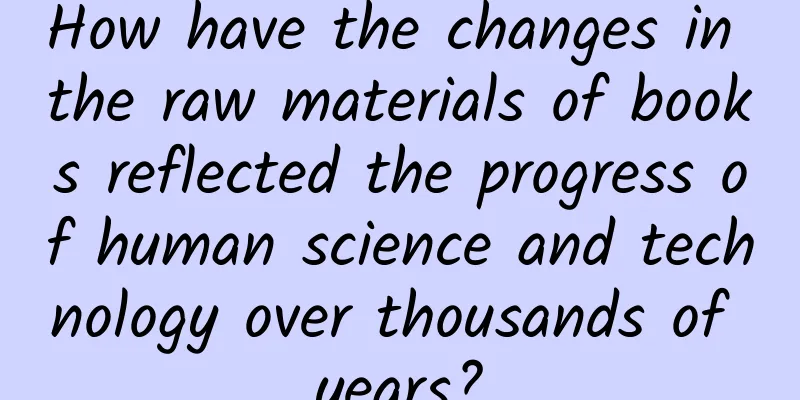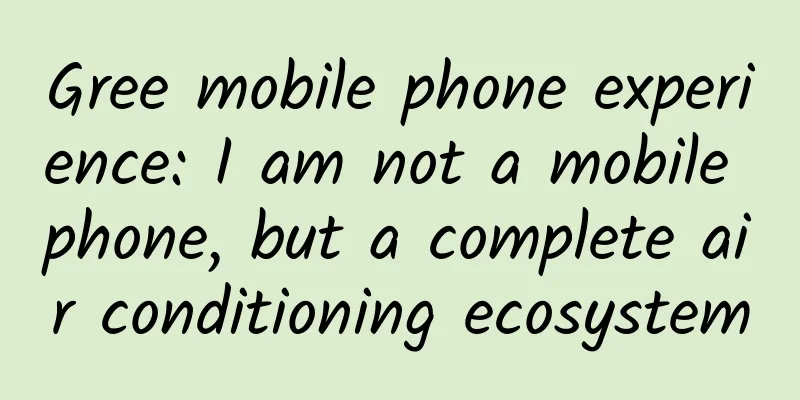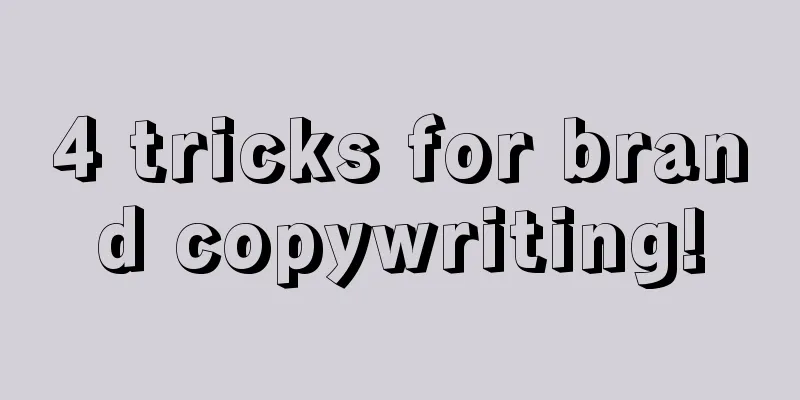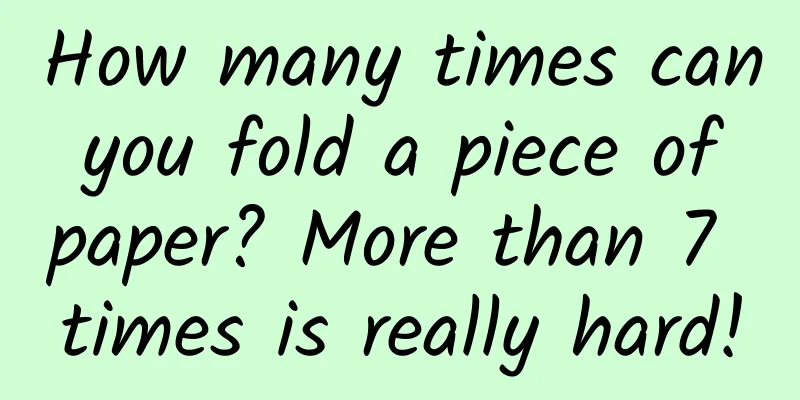How have the changes in the raw materials of books reflected the progress of human science and technology over thousands of years?

|
Let's do a little survey. How do you read books now? Paper books, e-books, or audiobooks? Nowadays, people read books in a variety of ways, but if this question was asked 20 years ago, the answer would be yes - paper books. In just 20 years, the way people read has changed dramatically. However, looking back at history, the raw materials of books have actually been changing. From the oracle bone inscriptions of the Shang Dynasty more than 3,000 years ago, to the bamboo slips, wooden slips and silk books of the Qin and Han Dynasties, to modern paper and electronic texts, the changes in the raw materials of books have gone through a long and challenging process, which reflects the continuous progress of human technology. In the early days of human history, whether it was stories, gossip, or knowledge, this information was mainly passed on by word of mouth, and everything was recorded in the brain. However, as human society developed, information became more and more complex, and data became more and more massive, and the human brain could no longer record everything. Then writing appeared, and with it also appeared the carrier for recording writing. The earliest writing medium can be traced back to the Mesopotamian Plain in 3000 BC, when people used cuneiform characters to write on wet clay tablets. Later, hieroglyphics gradually appeared in China and Egypt, carved on oracle bones, bamboo slips, and stone tablets. In the Book of Documents, there is a sentence "Only the ancestors of the Yin Dynasty had classics and books", and the "classics" and "books" here refer to bamboo slips in terms of character shape. Although these book carriers have great defects in production and preservation, they are still important documentary records of that era. The picture comes from Tuchong.com Papermaking appeared in the Western Han Dynasty. Around 105 AD, Cai Lun improved the papermaking technique. Making paper not only improved the efficiency of text recording, but also enabled books to be mass-produced. With the popularization of paper, paper-manuscripted books began to appear. Early paper-manuscripted books and paper-printed books that began to appear in the Tang Dynasty were mostly scroll-bound books. In the Tang and Song Dynasties, there were also book binding forms such as Fanjiao binding, Jingzhe binding, butterfly binding, and whirlwind binding. By the Ming Dynasty, thread-bound books were popular. Since paper was cheaper, easier to make and store than bamboo and wooden slips, books became easier to circulate and popularize. Until the Middle Ages, the production of books in Europe was still very limited. Handmade books meant that they were very expensive. In Europe, it took at least 15 months to copy a Bible, and the cost was almost equivalent to the price of a house. This also made books very expensive and only a few people could own them. Until around 1000 AD, Bi Sheng of the Northern Song Dynasty invented movable type printing, but there were not many books printed using movable type in China. However, after movable type printing technology was introduced to Europe, especially after the Gutenberg movable type printing technology was invented, the production of books underwent a revolutionary change. Through movable type printing technology, the production time and cost of books were greatly reduced, so that books were no longer exclusive to the powerful class. After the Industrial Revolution, large-scale printing presses further reduced the cost of paper books, making them affordable for almost everyone. The picture comes from Tuchong.com In the 21st century, the advancement of electronic technology has made the production and circulation of books reach an unprecedented speed and scale. Digital technology not only reduces paper waste and pollution, but also allows readers to easily access various documents and information around the world anytime and anywhere, and can also carry a large amount of content with them, which is very convenient. Every change in the raw materials of books reflects the historical trajectory of human technological progress. From bamboo slips, wooden slips to paper, and then to movable type printing and electronic books, the emergence of each new technology has made book production and circulation more convenient and efficient. At the same time, the development of these technologies has also promoted the continuous progress of human thought and civilization. This article is a work supported by Science Popularization China Starry Sky Project Author: Duan Yulong Reviewer: Wang Yangzong (Director of the Research Center for the History of the Chinese Academy of Sciences) Produced by: China Association for Science and Technology Department of Science Popularization Producer: China Science and Technology Press Co., Ltd., Beijing Zhongke Xinghe Culture Media Co., Ltd. |
<<: Why does popping candy "pop"? Childhood questions solved!
Recommend
Suzuki officially withdraws investment from Changan and Changan continues to own the Changan Suzuki brand through authorization
After Japanese media revealed that Suzuki would w...
YouTube video marketing, tips to improve ad conversion rates!
Are you struggling to grow your YouTube channel? ...
What is the impact of website space domain name fees, domain name and space SEO optimization?
What is the impact of website space domain name f...
I raised ants at home and witnessed the rise of an empire
Many of us' first encounter with nature begin...
Wake up! “Humans evolved from monkeys” is wrong!
On April 19, 1882, Charles Darwin, a British natu...
WeChat cracks down on websites forcing users to click to read the full text
WeChat has begun to crack down on third-party web...
In-depth analysis of the paid membership system in the e-commerce industry
Why are you a member of Dismantling the E-commerc...
Toyota and SoftBank join forces to usher in an era of cooperation between water and oil for autonomous driving
The Nikkei reported on November 27 that Toyota Mo...
Nokia Super LTE network: Download 5GB movie in just 11 seconds
Foreign media reported that Nokia is testing a sup...
8 ways to build seed users, in-depth practical cases!
There are different approaches for different prod...
How to use “message push” so as not to harass users? ——Taking financial apps as an example
Imagine this scenario: On a clear autumn afternoo...
Zhihu brand promotion skills and cases
Doing brand promotion can increase your own visib...
Exploring the magical particles of the material world is related to the most precise theories of physics!
Your browser does not support the video tag Autho...
Short video operation: 5 rules for short video creation!
The rapid popularity of Tik Tok has promoted the ...
Official first revelation: Does a bracelet tied to a dog count as WeChat steps?
Since WeChat launched the walking rankings, many f...









